Tag: Kansas Supreme Court
-

Kelly v. Kobach: A High-Stakes Battle Over Kansas’s Election Fraud Prosecution Authority
Governor Laura Kelly challenges Attorney General Kris Kobach’s authority to prosecute election fraud cases in a high-stakes separation of powers dispute before the Kansas Supreme Court. The case asks whether the Legislature can grant the AG criminal prosecution authority or if this unconstitutionally transfers executive power from the Governor.
-

Reestablishing a Fundamental Principle of Democracy
The endless litigation over school funding places the state at risk of being able to a balance of a competitive tax climate and providing for the essential services required outside of the K-12 education system, writes Alan Cobb of the Kansas Chamber of Commerce.
-
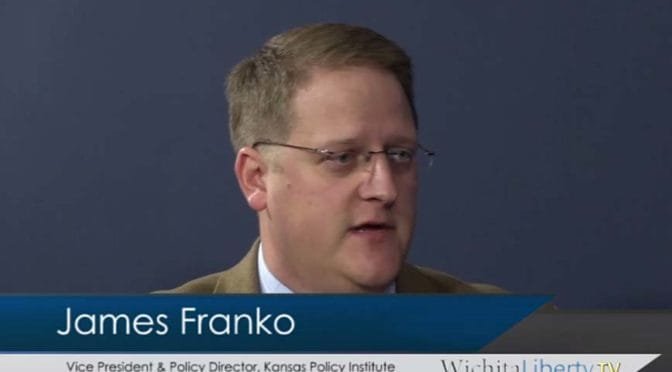
WichitaLiberty.TV: Kansas State of the State for 2018
James Franko of Kansas Policy Institute joins Karl Peterjohn to discuss Governor Brownback’s State of the State Address for 2018. Topics include schools and Medicaid expansion.
-
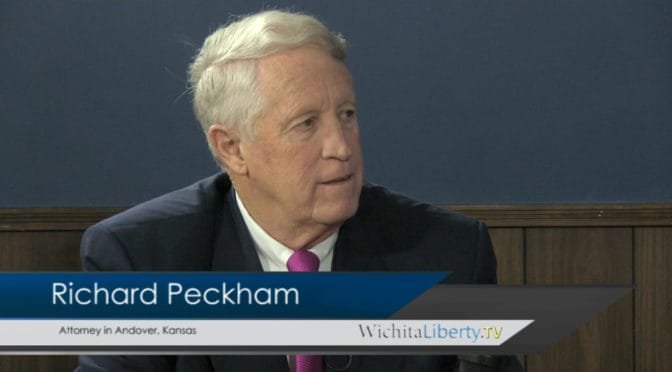
WichitaLiberty.TV: Judicial selection in Kansas
Attorney Richard Peckham joins Karl Peterjohn and Bob Weeks to discuss judicial selection and other judicial issues in Kansas.
-

Briefs
He didn’t participate Wichita Eagle Opinion Line, November 24, 2017: “The kindest word that can be ascribed to State Senator Susan Wagle, when she criticizes the Kansas Supreme Court? Disingenuous. She never mentions Brownback appointee, Justice Caleb Stegall; he has repeatedly agreed with his colleagues on school finance.” The likely reason Senator Wagle doesn’t mention…
-
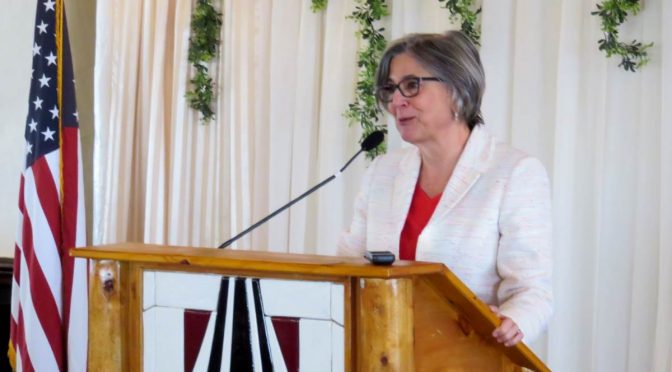
From Pachyderm: Kansas Senate President Susan Wagle
Kansas Senate President Susan Wagle addressed members and guests of the Wichita Pachyderm Club on November 10, 2017. School finance and the Kansas Supreme Court was a prominent topic.
-

Kansas school fund balances
Kansas school fund balances rose this year, in both absolute dollars and dollars per pupil.
-

WichitaLiberty:TV: Wichita economy, Kansas schools
Karl Peterjohn and Bob Weeks discuss some statistics regarding downtown Wichita and then the Kansas school finance court decision.
-
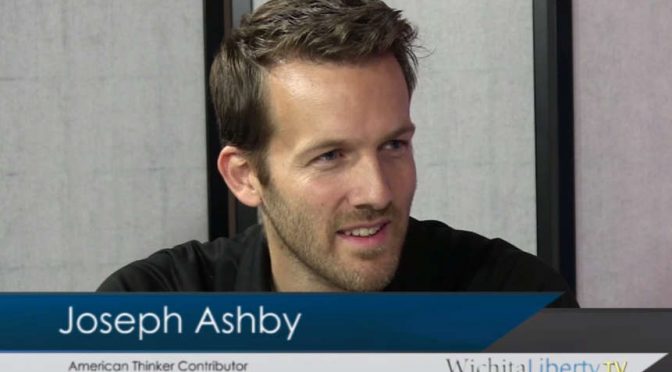
WichitaLiberty.TV: Wichita talk radio pioneer Joseph Ashby
Wichita talk radio pioneer Joseph Ashby joins Karl Peterjohn and Bob Weeks to discuss state and national affairs.
-

Judge Melgren defends Constitutional protections
By Karl Peterjohn While it has become increasingly common for members of the U.S. Supreme Court to make news by public comments, particularly during their summer recess, Wichita Pachyderm Club members had the opportunity for Kansas federal district Judge Eric F. Melgren to quote from his judicial colleagues in a way of defending the Constitution’s…
-

Breaking the statehouse budget deadlock
Kansas taxpayers need to have a say in the massive new spending schemes appearing at the statehouse, writes Karl Peterjohn.
-
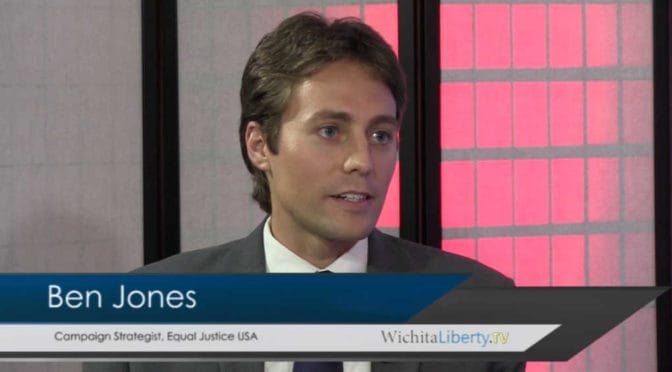
WichitaLiberty.TV: Ben Jones on the death penalty in Kansas
Ben Jones of Equal Justice USA and Conservatives Concerned about the Death Penalty explains issues surrounding the death penalty.